Costa Rican Beverages: Basic Overview
Common Ingredients
Common Preparing Methods
Key Taste
Drinking Etiquette
Culinary Festivals
Influence and Fusion
Classifications of Costa Rican Beverages
-
Alcoholic
In Costa Rica, alcoholic drinks are all about fun and flavor.
From smooth spirits to lively cocktails, they’re a big part of the country’s party scene and local traditions.
-
Non-Alcoholic
For a non-alcoholic taste of Costa Rica, you’ll find a variety of refreshing options.
These drinks, often fruity and always delicious, are a daily staple, perfect for cooling down in the tropical climate.
Costa Rican beverages are a splash of exotic flavors. Thanks to the rich soils of Costa Rica, these enchanting beverages feature an array of fruits, the sweetness of cane juice, milk, and a flurry of aromatic spices.
Served ice-cold, many refreshments provide a soothing cure to the tropical heat while also showcasing the influence of Spanish and Latin American cuisines.
Through these refreshments, you’ll dive deep into the world of Costa Rican beverages, both alcoholic and non-alcoholic. You’ll also discover how these beverages pair delightfully with Costa Rican desserts and delicacies.
18 Popular Costa Rican Beverages with Filters
Make full use of the filter system to give you a better picture of these drinks in alphabetical order, tastes, ingredients, drink types, preparation methods, and global popularity.
As for now, you can find out some drink styles available in Costa Rica with choices like the most popular, national, traditional, street drink, and fusion:
Beer
- Alcoholic
- National
- Traditional
Costa Rican beers came from Mesopotamia and Egypt during the mid-19th century. Imperial beer is the most popular in the country, being a pale lager with a friendly 3.5% to 4.6% ABV.
On the other hand, Pilsen and Bavaria are robust pilsners with approximately 5% ABV, with the Pilsen placing second in popularity.
Besides these, you can find a broad mix of craft beers and imports from the likes of Heineken, Guinness, Carlsberg, and Sapporo in the Costa Rican market.
Rum
- Alcoholic
- National
- Traditional
Costa Rican rum initially appeared in the West Indies in the mid-17th century. By the mid-19th century, rum arrived in Costa Rica and quickly excelled in popularity.
Traditionally distilled from sugarcane molasses or juice with other local ingredients, the rum here has around 40% ABV. In Costa Rica, Ron Centenario is the most popular brand variety known for products aged 25 to 30 years.
Guaro
- Alcoholic
- National
- Traditional
Guaro is a national Costa Rican liquor made from sugar cane juice. The liquor has been a staple in homemade distilleries nationwide, only to be legalized in 1851.
Commonly, guaro has an appealing ABV of 30%. With a production process similar to white rum, guaro provides a flavor closer to vodka; hence people nickname the liquor “soft vodka.”
Interestingly, guaro doesn’t require lengthy aging like rum. The spirit is also popular in Central and some South American countries, where people call it aguardiente.
Apart from serving as a standalone drink, guaro is a favorite addition to numerous Costa Rican cocktails, such as the guaro sour.
Chiliguaro
- Alcoholic
- Street Beverages
- Traditional
Chiliguaro is a mixed drink that’s a hot shot from Costa Rica. The concoction was created in 2011 by a savvy bartender and bar owner.
The blend combines cacique guaro, lemon juice, tomato juice, and a spicy chili pepper kick that reminds you of a seriously spicy Bloody Mary. In Costa Rica, this vibrant cocktail is a staple at most bars.
Coffee Liqueur
- Alcoholic
- Fusion
- Traditional
Coffee liqueur is a rich mix of coffee, sugar, and liquor, often rum. This alcoholic mix is best known for Café Rica, the best brand to get.
With a higher ABV, around 30%, the liqueur presents a bolder flavor profile. The liqueur also pairs well with cocktails, offering the richness of coffee, complementing the sweetness of ice cream, or drizzled over waffles.
Vino de Coyol
- Alcoholic
- National
- Traditional
Vino de coyol is a fermented alcohol beverage native to Southern Mexico and popular across Central America. Unlike your typical wine, vino de coyol is created from the sap of coyol palms, giving the mix a sweet and slightly viscous profile.
It’s worth noting that vino de coyol is notorious for a lingering hangover. Budget-friendly and plentiful, especially during Costa Rica’s dry season, coyol wine is routinely sold in recycled bottles at roadside stands.
Colada Fresca
- Alcoholic
- Fusion
- Traditional
Colada fresca is Costa Rica’s mixed drink that’s a twist on the classic piña colada. Locals often create the mix with guaro, along with a blend of coconut milk or water, chopped pineapples, lime juice, and agave nectar or spiced honey syrup.
People like enjoying the mix at the beachside or celebrating at a festive event like a wedding.
Coffee
- Non-Alcoholic
- National
- Traditional
Costa Rican coffee first came to the country from Cuba in 1779. With a long history of commercial plantations sprouting in 1808, Costa Rica proudly became the first Central American country to grow coffee.
Their secret for a coffee brew is a blend of Arabica beans, featuring varieties like Typica, Catuai, Villa Sarchi, and Caturra. These beans grow in fertile volcanic soil, mountainous terrains, and the ideal climate for a light body, sweet, fruity taste, and medium acidity.
The coffee’s flavor is like a beautiful blend of molasses, honey, vanilla, chocolate, and citrus. In fact, Costa Rica once even banned non-Arabica coffee growth before 2018.
Agua Dulce
- Non-Alcoholic
- National
- Traditional
Agua dulce is from the Americas and is especially popular in Costa Rica. Commonly, the infused drink features just water and tapa de dulce, a kind of Costa Rican brown sugar, or panela, an unrefined whole cane sugar.
The literal translation of agua dulce is “sweet/fresh water,” a fitting name for this caramel-flavored infusion. Locals even feature agua dulce at the breakfast table.
Agua dulce can be served hot or cold, with the hot version having a blend of milk and cheese.
Batido
- Non-Alcoholic
- National
- Traditional
Batido is a blended beverage originating from Latin America, also known as licuado or preparado. This concoction makes full use of seasonal fruits, milk or water, and ice, with optional garnishes such as nuts, seeds, chocolate, or granola.
The diversity of batido’s flavors is inspired by the variety of fruits used, such as batido de mora with blackberries, batido de maracuyá using passion fruits, batido de cas featuring Costa Rican sour guavas, and batido de tamarindo with tamarind.
The fruity drink serves as the Latin American take on a milkshake or a smoothie, offering a sweet flavor. You can easily stumble upon Batido at local street food vendors.
Horchata
- Non-Alcoholic
- National
- Traditional
Horchata is a rice-based drink that employs rice, water, condensed milk, and spices such as cloves and cinnamon.
The consistency can range from a thin liquid to a thicker, almost porridge-like texture. The drink has a sweet, creamy, and slightly spicy flavor.
Additional components like nuts or seeds can be included to amp up the flavor. Unlike the European version, Costa Rican horchata is a spiced mix of soaked rice and milk.
Agua de Pipa
- Non-Alcoholic
- National
- Traditional
Agua de pipa is a coconut water drink hailing from Costa Rica that has since become a beloved staple in tropical regions worldwide.
The name directly translates to “coconut water”, and locals often serve it directly from the shell with the top sliced off. The drink is ideal for the hot weather, especially at an affordable price.
Agua de Sapo
- Non-Alcoholic
- National
- Traditional
Agua de sapo is an infused concoction from the Caribbean side of Costa Rica. Its name translates to “frog water”, having a murky, dark orange hue.
This infused drink combines water, tapa de dulce or panela, lime juice, and ginger. The resulting mix is brimming with a sweet and tangy flavor profile.
Agua de sapo is mostly served chilled with ice, with the sweetness mainly coming from the use of tapa dulce.
Refresco
- Non-Alcoholic
- Street Beverages
- Traditional
Refresco is the local term for soft drinks in Costa Rica. You can easily spot these fizzy delights not only in bottles but also in plastic bags by street vendors. These soft drinks are a firm favorite among locals and visitors alike.
Resbaladera
- Non-Alcoholic
- National
- Traditional
Resbaladera is a chilled barley drink in Central America known for its grain-based, creamy blend. This aromatic concoction combines rice, barley, and evaporated milk with a sprinkle of nutmeg and cinnamon.
Resbaladera has a certain creaminess, ideal for serving cold with ice cubes.
Leche Dormida
- Non-Alcoholic
- National
- Traditional
Leche dormida is a concoction from Guanacaste Province, Costa Rica, first appearing in the mid-1940s. The mix is like a milkshake, blending milk, sugar, ice, and spices.
The intriguing name, “sleeping milk,” comes from mixing the ingredients and leaving them to rest. This resting stage melts the flavors beautifully, resulting in a rich, harmonious taste.
Rompope
- Alcoholic
- National
- Traditional
Rompope is a rich, creamy Christmas drink created by the nuns at the Convento de Santa Clara in Puebla in the 17th century.
As a local take on the classic eggnog, the mixture incorporates rum, eggs, sugar, milk, cream, and spices, like cinnamon and nutmeg. Over in Costa Rica, locals celebrate festival events with a glass of rompope.
Granizado
- Non-Alcoholic
- Street Beverages
- Traditional
Granizado is an iced dessert in Costa Rica, fondly known as copo de nieve or simply copo. This thirst-quenching street food mixes shaved ice, condensed milk, and colored syrup topped with marshmallows or similar garnish.
However, the city of Puntarenas puts a spin on granizado by creating a version named churchill, adorned with ice cream on top.
What Desserts to Pair with Costa Rican Beverages?
Here are some non-alcoholic drinks and cocktails you can consider pairing with a few dessert options.
Aside from the desserts, the street food offerings are favorite choices to accompany these refreshments.
What Costa Rican Dishes and Beverages to Try?
These specialties of Costa Rica with drinks are perfect for enjoying Costa Rican cuisine fully. You can easily find these duos anywhere in Costa Rica.
Don’t hesitate to spread these beverages to others so they can add more fun mixes for their next parties. Leave your thoughts in the comments so I can learn more about your experience regarding Costa Rican beverages.


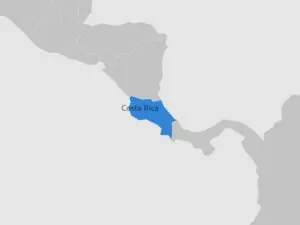


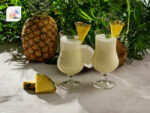




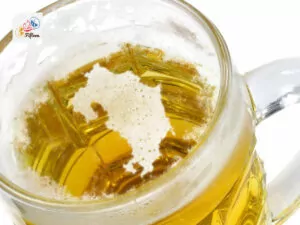

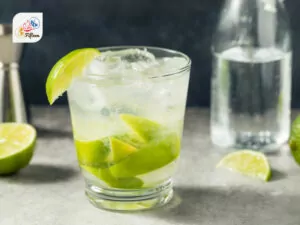
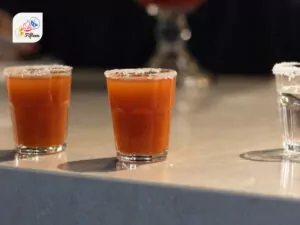
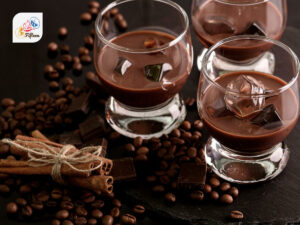
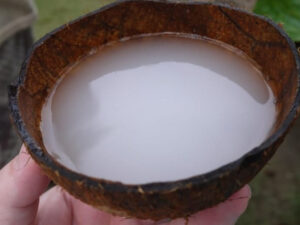
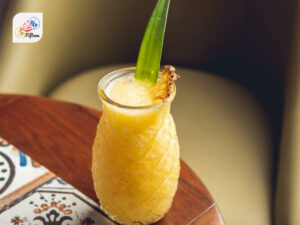
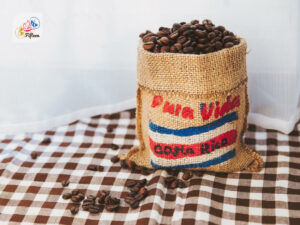
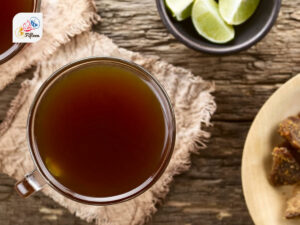
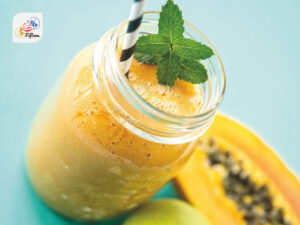
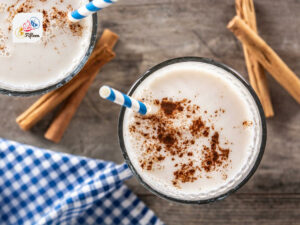
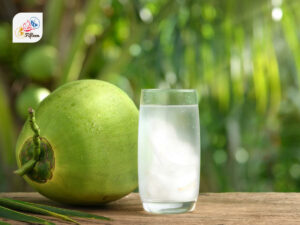
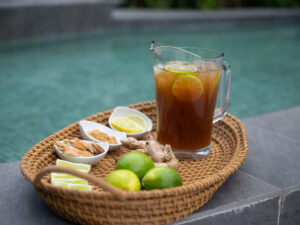

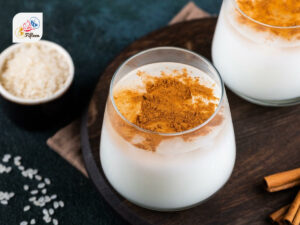
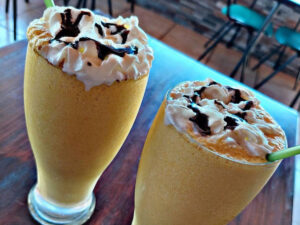
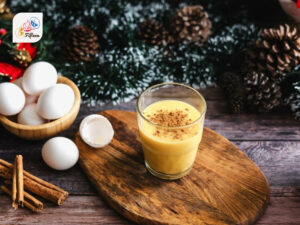
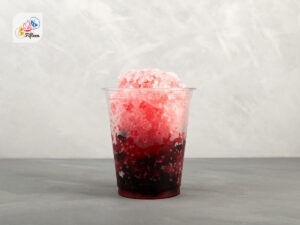
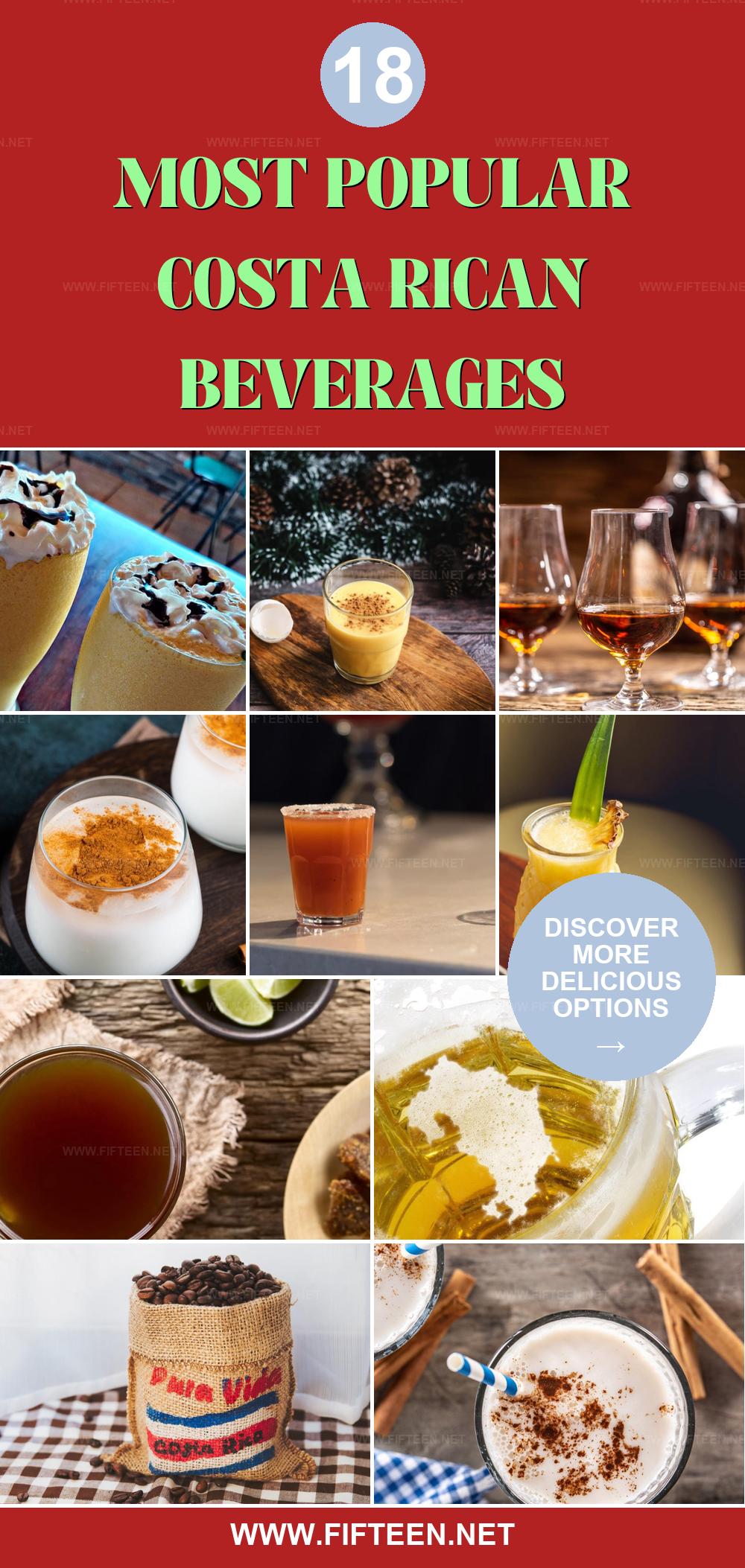
Jamie Scott
Editor in Chief, Senior Content Writer
Expertise
Home Cooking, Meal Planning, Recipe Development, Baking and Pastry, Food Editor, Cooking-video Maker, Western Food Evaluation Expert
Education
Le Cordon Bleu College of Culinary Arts
Local Community College, New York, NY
Jamie Scott is a skilled culinary expert and content creator specializing in Western cuisine. With over 15 years in the culinary field and formal training from Le Cordon Bleu, Paris, Jamie deeply understands how to blend nutrition with delicious flavors. His passion for cooking matches his commitment to making healthy eating accessible and enjoyable.
On Fifteen.net, Jamie brings a fresh perspective to classic dishes and beverages, offering readers insightful recipes, cooking tips, and a fresh view on meal planning that emphasizes taste, health, and simplicity.